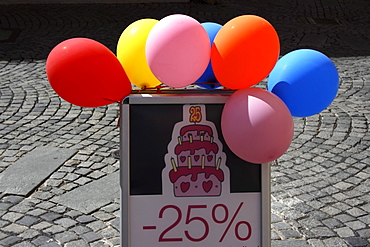Results
1 results found
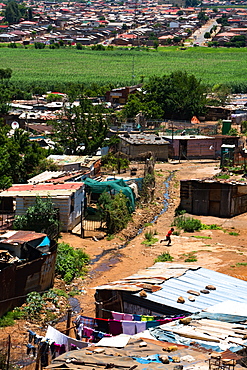
Only ten percent is now shanty town, the rest lower middle class brick housing, Soweto, Johannesburg, South Africa, Africa

Malayan Sun Bear (Aelarctos malayanus), vulnerable, rapidly declining, down 30 percent due to deforestation, hunting and use in traditional Chinese medicine, France, Europe

Malayan Sun Bear (Aelarctos malayanus), vulnerable, rapidly declining, down 30 percent due to deforestation, hunting and use in traditional Chinese medicine, France, Europe
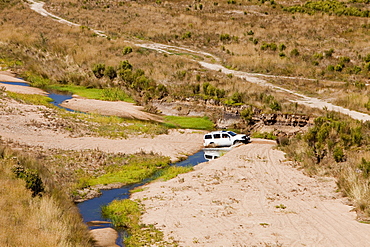
Off road vehicle at Lake Eildon after an uprecedented ten years of drought, with only 29 percent capacity, Victoria, Australia, Pacific

Build up of algae due to low water levels at Lake Eildon after an uprecedented ten years of drought, with only 29 percent capacity, Victoria, Australia, Pacific
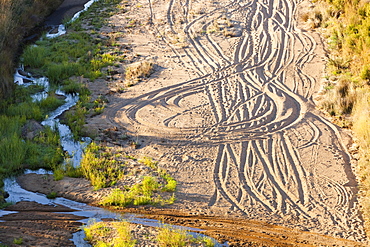
Off road vehicle tracks at Lake Eildon after an uprecedented ten years of drought, with only 29 percent capacity, Victoria, Australia, Pacific
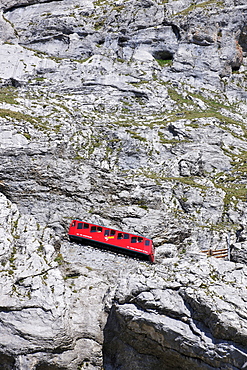
With 48 percent incline the steepest cog railway in the world, railway on Mount Pilatus near Lucerne, Switzerland, Europe
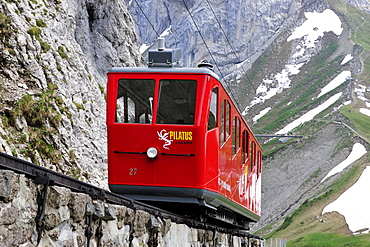
With 48 percent incline the steepest cog railway in the world, railway on Mount Pilatus near Lucerne, Switzerland, Europe
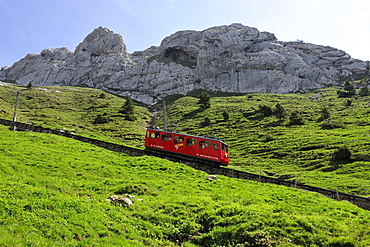
With 48 percent incline the steepest cog railway in the world, railway on Mount Pilatus near Lucerne, Switzerland, Europe

With 48 percent incline the steepest cog railway in the world, railway on Mount Pilatus near Lucerne, Switzerland, Europe
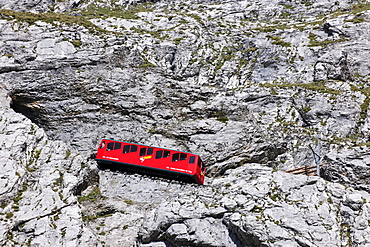
With 48 percent incline the steepest cog railway in the world, railway on Mount Pilatus near Lucerne, Switzerland, Europe

The Los Angeles Aqueduct carries water from California's Owens Valley, supplying Los Angeles with 70 percent of its drinking water, Cantil, California, USA
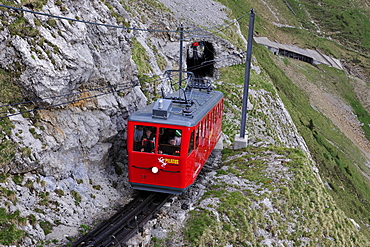
With 48 percent incline the steepest cog railway in the world, railway on Mount Pilatus near Lucerne, Switzerland, Europe
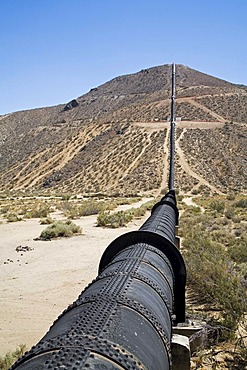
The Los Angeles Aqueduct carries water from California's Owens Valley, supplying Los Angeles with 70 percent of its drinking water, Cantil, California, USA
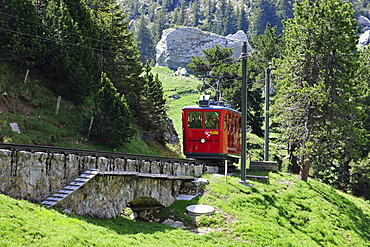
With 48 percent incline the steepest cog railway in the world, railway on Mount Pilatus near Lucerne, Switzerland, Europe
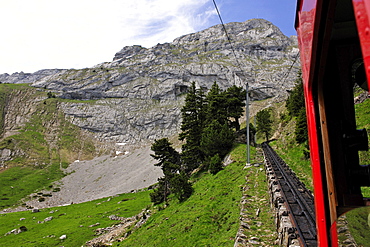
With 48 percent incline the steepest cog railway in the world, railway on Mount Pilatus near Lucerne, Switzerland, Europe
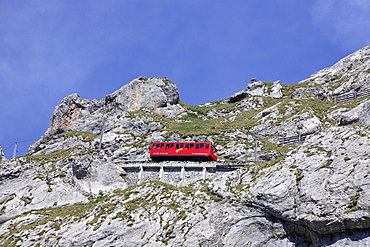
With 48 percent incline the steepest cog railway in the world, railway on Mount Pilatus near Lucerne, Switzerland, Europe
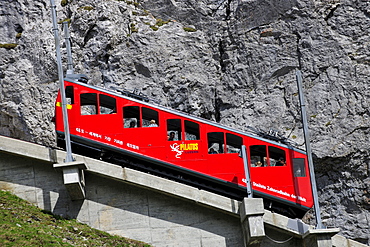
With 48 percent incline the steepest cog railway in the world, railway on Mount Pilatus near Lucerne, Switzerland, Europe
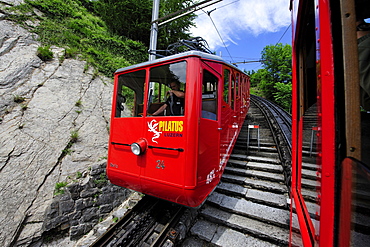
With 48 percent incline the steepest cog railway in the world, railway on Mount Pilatus near Lucerne, Switzerland, Europe
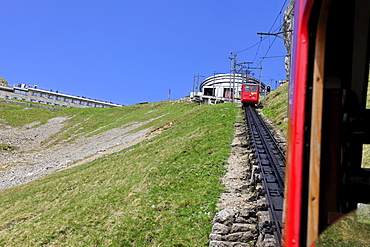
With 48 percent incline the steepest cog railway in the world, railway on Mount Pilatus near Lucerne, Switzerland, Europe
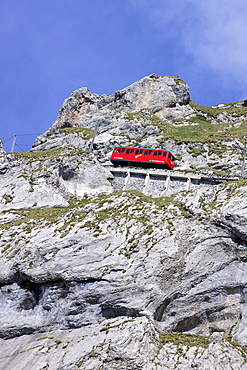
With 48 percent incline the steepest cog railway in the world, railway on Mount Pilatus near Lucerne, Switzerland, Europe
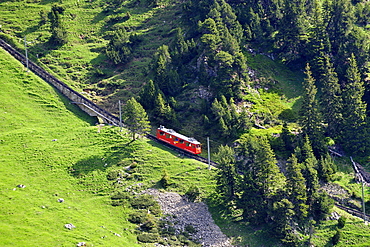
With 48 percent incline the steepest cog railway in the world, railway on Mount Pilatus near Lucerne, Switzerland, Europe

With 48 percent incline the steepest cog railway in the world, railway on Mount Pilatus near Lucerne, Switzerland, Europe
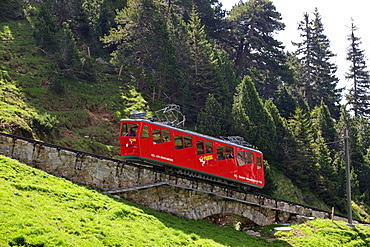
With 48 percent incline the steepest cog railway in the world, railway on Mount Pilatus near Lucerne, Switzerland, Europe
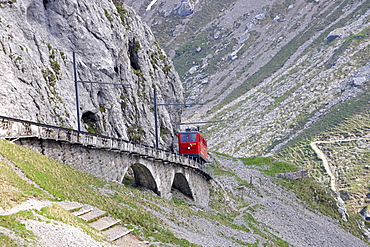
With 48 percent incline the steepest cog railway in the world, railway on Mount Pilatus near Lucerne, Switzerland, Europe
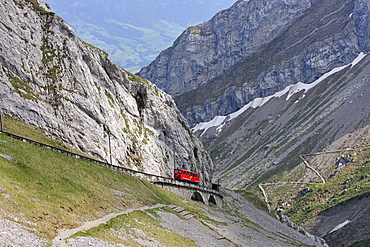
With 48 percent incline the steepest cog railway in the world, railway on Mount Pilatus near Lucerne, Switzerland, Europe
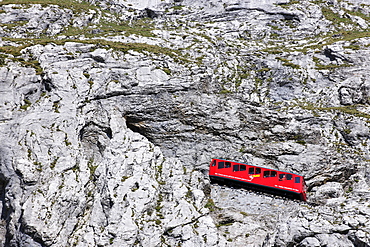
With 48 percent incline the steepest cog railway in the world, railway on Mount Pilatus near Lucerne, Switzerland, Europe
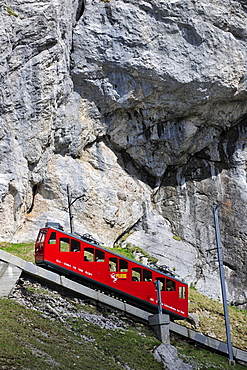
With 48 percent incline the steepest cog railway in the world, railway on Mount Pilatus near Lucerne, Switzerland, Europe

Plutonium button Plutonium metal button at Rocky Flats, CO. It consists on 98 percent plutonium and the rest other metals. Terri Coleman is the process specialist who is holding the button and using a brush to clean off oxide.
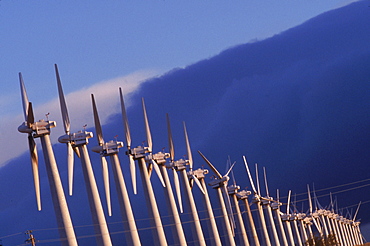
Hightech windmills, some standing 500 feet high when their blades are vertical, hum on the Altamont Pass of California as they produce clean electricity. Wind energy is the world's fastest growing energy source, expanding 25, 35 percent each year. In 2001, roughly 6000 megawatts of new wind capacity was installed around the world, enough to power 2 million American homes.
